Regents vote in favor of joint-use agreement for Las Vegas Raiders Stadium

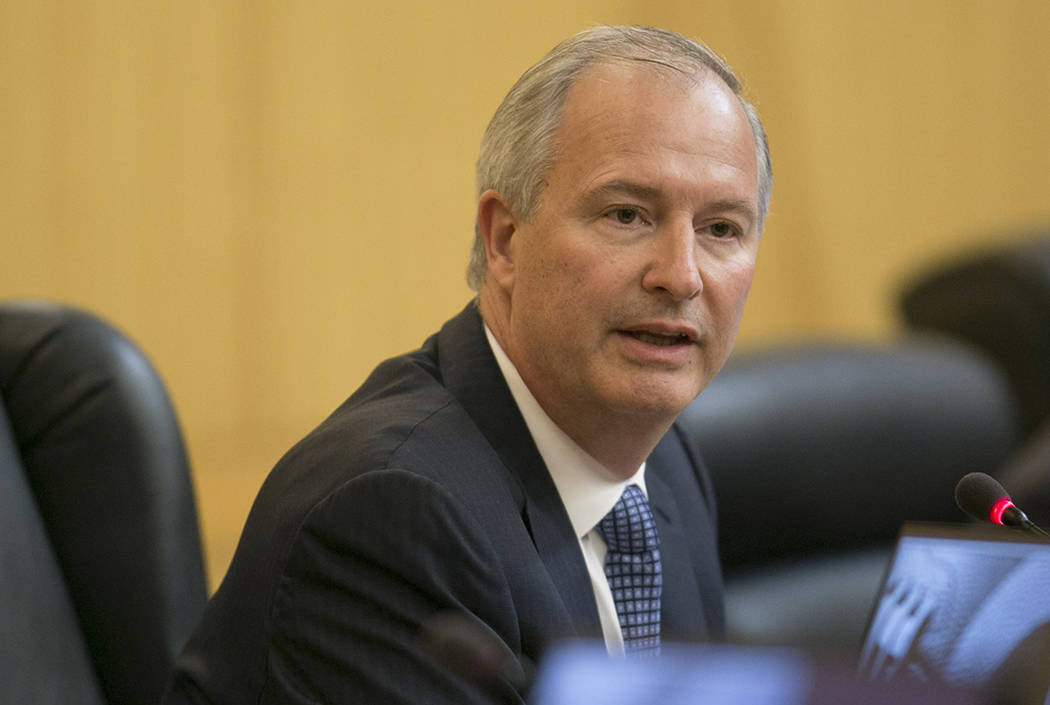
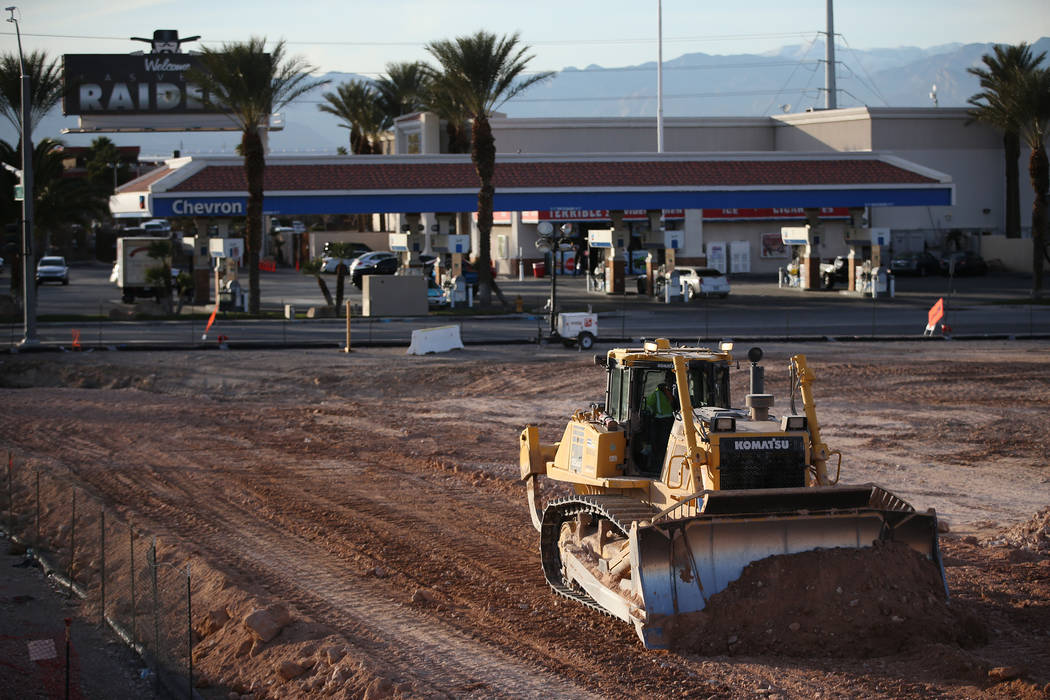
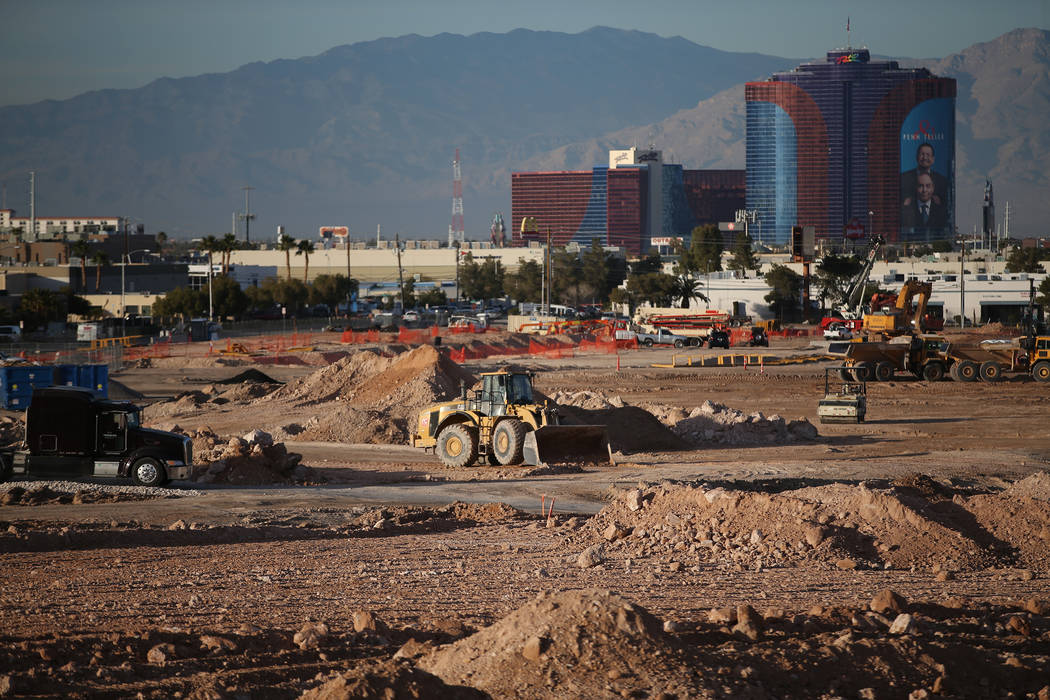

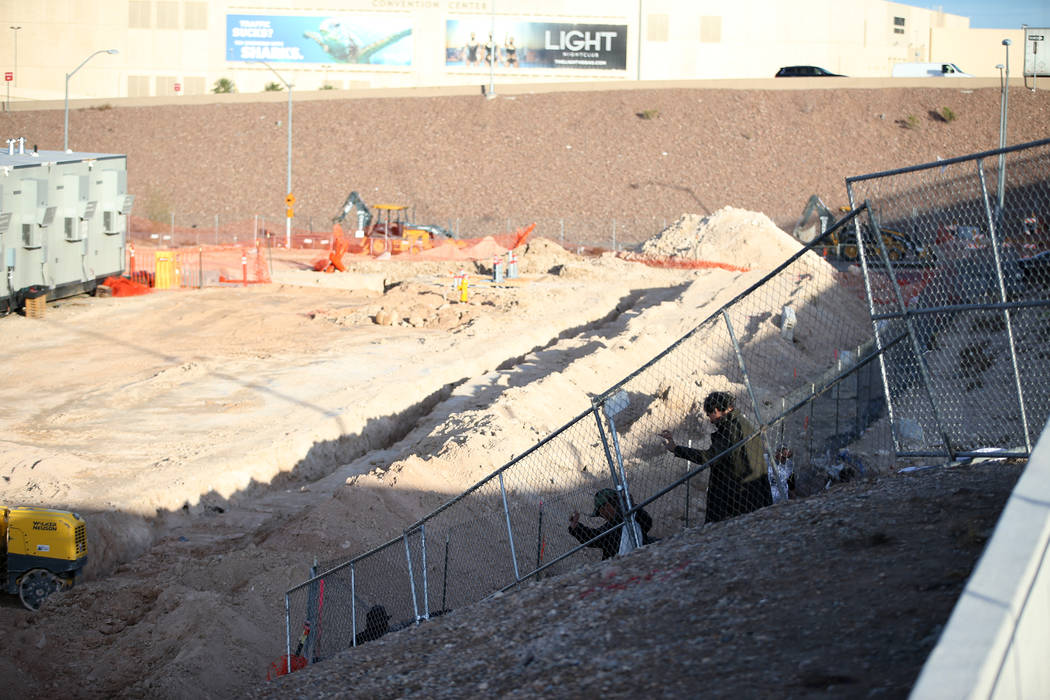
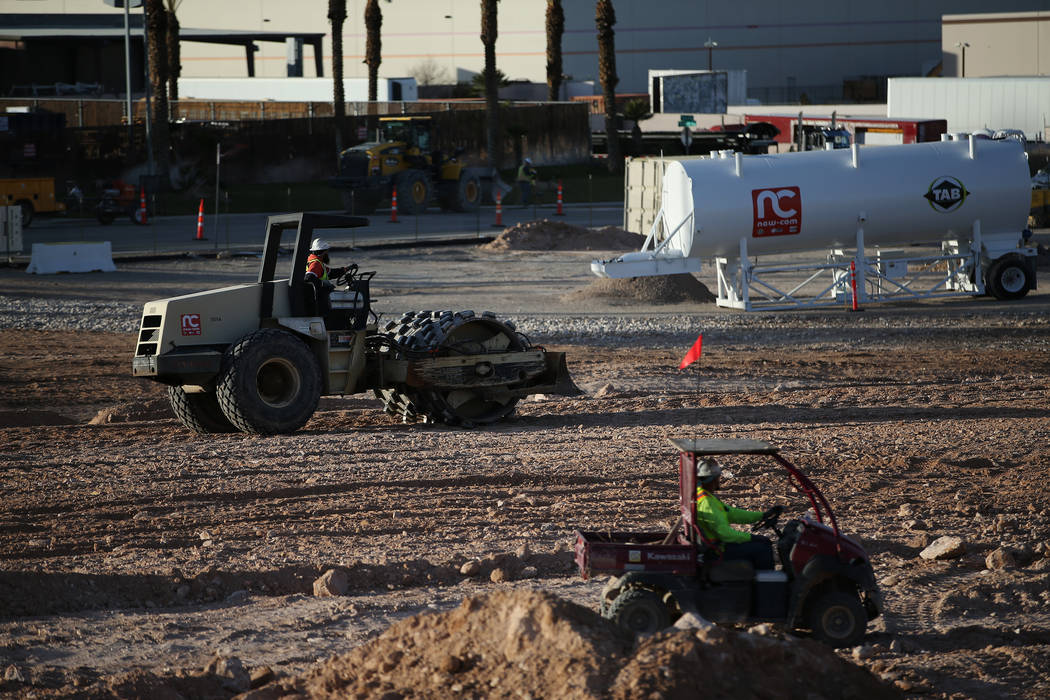

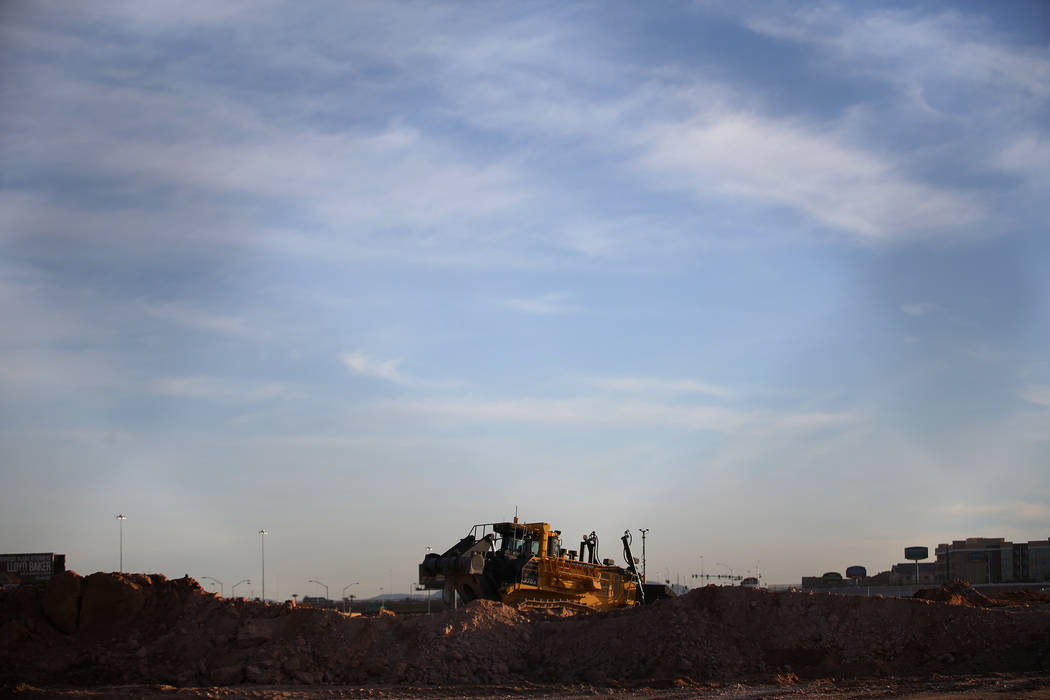
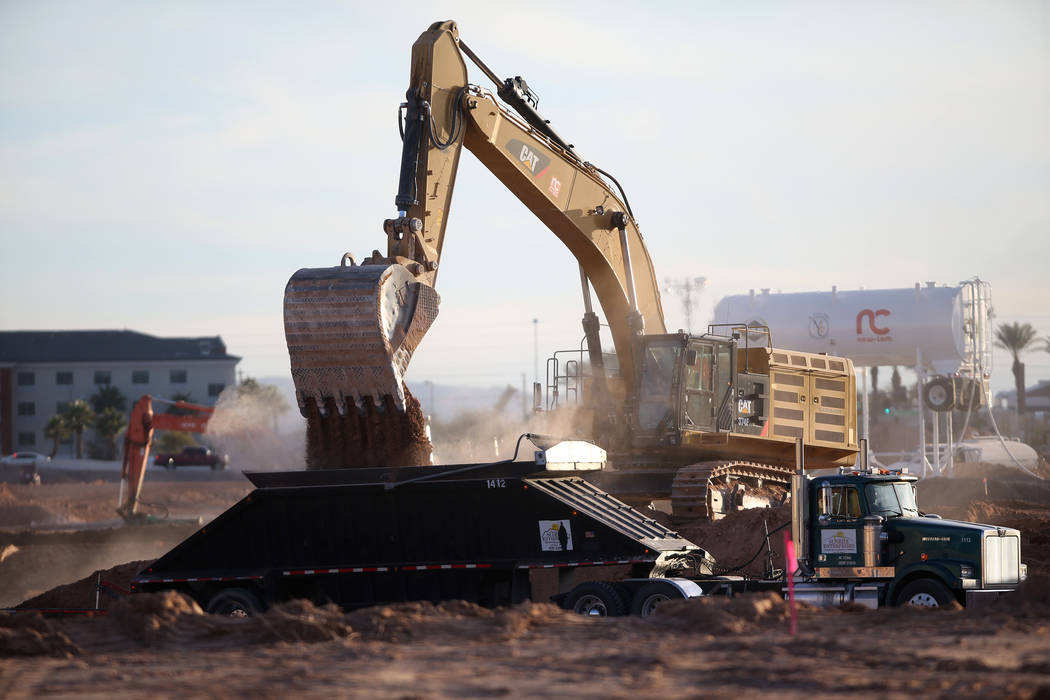

The UNLV football team is on track to play in the planned Las Vegas stadium after an 11-1 vote by the Nevada Board of Regents on a joint-use agreement Friday, but not before some uncertainty and drama.
Regent Rick Trachok cast the lone vote against the UNLV Joint-Use Agreement with the Oakland Raiders that gives UNLV’s team access to the stadium and outlines revenue splits, the transition of the field surface to UNLV colors and the inclusion of a separate branded locker room for the Rebels.
Regents also expressed skepticism that playing in the stadium would change the fortunes of the UNLV football team.
The regents’ approval is conditioned on receiving a letter from the Raiders clarifying UNLV’s financial position should the Rebels opt against using the stadium in the future. The cost of using the stadium was one of the regents’ biggest concerns going into joint-use negotiations and preliminary estimates showed pass-through costs could reach $250,000 a game. UNLV currently spends between $50,000 and $75,000 a game for expenses at Sam Boyd Stadium.
Las Vegas Stadium Authority Board Chairman Steve Hill told regents at their first meeting on the agreement on Jan. 4 that the high estimate was preliminary and didn’t account for the revenue UNLV would generate for sales and advertising at the new stadium. It also doesn’t take into consideration blocking off some of the stadium and reducing labor costs in games where low attendance is anticipated.
Advance termination agreement
Mandy Shavinsky, outside counsel for UNLV, told regents the Raiders believe an advance termination agreement isn’t necessary because Senate Bill 1 guarantees UNLV’s access to the stadium, but doesn’t require it. Drafting such a document could conflict with the Senate Bill 1 requirements, they said. But the team agreed to providing a letter stating that the team doesn’t have to use the stadium and if it doesn’t but decides to return at a later date, the joint-use agreement would be in effect.
But the regents want that clear and have asked Shavinsky for a letter from the team on an advanced termination, asking for a clarifying letter by Feb. 8.
The Stadium Authority is expected to consider the final stadium development agreement at its Feb. 15 meeting.
Shavinsky addressed five other points regents raised Jan. 4:
*Additional language making the Raiders’ role in providing UNLV colors and marks on the field more reciprocal. The Raiders declined incorporating any new language, stating sections of the joint-use agreement already address UNLV’s use of stadium marks and the Raiders’ use of UNLV marks at no cost.
*Clarity on who pays for changing stadium marks for UNLV games. Shavinsky said the agreement is clear that the Raiders would prepare the field for use at no cost, but that UNLV would be responsible for the cost of end zone panels, a midfield UNLV logo and any other field customization wanted by UNLV for the field.
*Clarity on using the stadium after midnight prior to Raiders home games. Regent Trevor Hayes on Jan. 4 asked if there was a need to clarify stadium access and use for a late-starting game that continued past midnight. The Raiders agreed, saying it was never intended for that rule to apply to UNLV games.
*Responsibilities for damages if a scheduled UNLV home game is bumped by the Raiders or the NFL. Senate Bill 1 gives the Raiders first priority on scheduling, but the regents were concerned that UNLV would have to pay other schools damages if a game had to be canceled as a result of the Raiders rescheduling. Shavinsky said the Raiders don’t believe it’s an issue because the chances of rescheduling a UNLV game are remote. The federal Sports Broadcasting Act of 1961, a response to a court ruling on antitrust regulations, effectively blocks the NFL from scheduling games on Fridays and Saturdays during the traditional collegiate season.
*Clarification that UNLV can schedule additional nonconference games beyond the two guaranteed by the agreement.
Criticism from Stephens
Regent Allison Stephens criticized the legal team for not pressing the Raiders to make changes in the agreement.
“I actually don’t see anything that’s different after we had a robust conversation about concerns this board had (on Jan. 4),” Stephens said. “That was supposed to be taken back (to the Raiders),” she said. “When I look at this version and hear the explanation, I don’t see anything in here that is any different. It’s as if we never had the conversation.”
UNLV Athletic Director Desiree Reed-Francois said after the meeting she understands why the regents showed some hesitation on the deal.
“I really appreciate our regents,” she said. “They want to protect the institution and they have a fiduciary responsibility. What we need to do is be great stewards of our resources. We need to be effective and efficient and that’s what we’re going to do.”
Reed-Francois said there are still a number of unknowns, but the Joint-Use Agreement provides some safeguards for the unexpected.
“In order to protect ourselves, we’re going to work with the Raiders in partnership and evaluate potential attendance levels and that way we can adjust staffing after each game,” she said. “We also have the opportunity to control our own internal costs, but if there are cost disputes, we’ll have the opportunity to work with the Stadium Authority.”
The Stadium Authority is the arbitrator on disputes regarding the stadium.
Contact Richard N. Velotta at rvelotta@reviewjournal.com or 702-477-3893. Follow @RickVelotta on Twitter.
Stadium skepticism
Prior to the vote, Regent Trevor Hayes said he planned to vote for the deal, but he was concerned that putting UNLV in the stadium would do more harm than good for the athletic department.
“I think this agreement is not perfect, but, under the circumstances, it’s as good as we could hope for,” Hayes said.
He said he felt the board failed in not acting on the agreement sooner. He also expressed skepticism that the stadium will get the desired results of growing UNLV’s football program.
“I hear from UNLV that this (stadium) is going to propel us into a Power 5 conference, but I notice there are 10 teams that play in NFL stadiums and two of them are in Power 5,” he said. “I think this is more likely to sink our athletic program rather than catapult us.”












